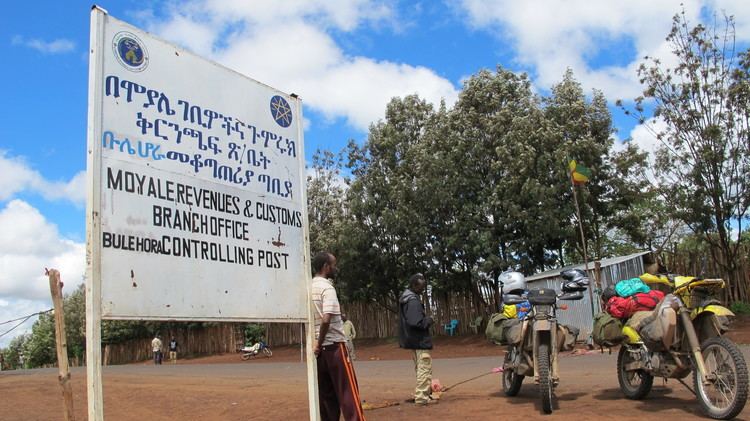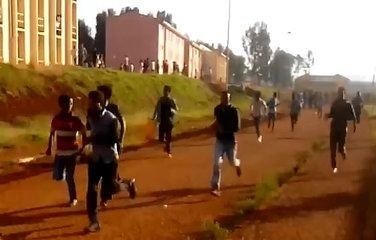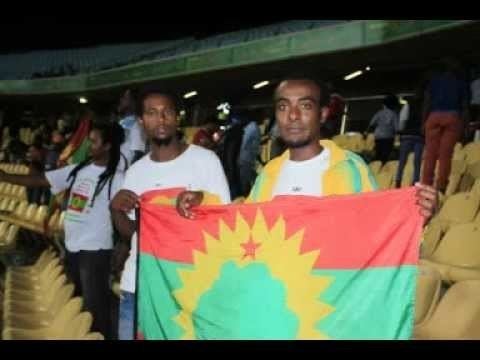Local time Monday 7:09 PM | University Bulehora University | |
 | ||
Weather 24°C, Wind E at 5 km/h, 31% Humidity | ||
Bule Hora is one of the woredas in the Oromia Region of Ethiopia. It was part of former Hagere Mariam woreda what was separated for Bule Hora, Dugda Dawa and Kercha woredas. Part of the Borena Zone, Hagere Mariam was bordered on the south by the Dawa River which separates it from Arero, on the southwest by Yabelo, on the west by the Southern Nations, Nationalities, and Peoples Region and Gelana Abaya, on the northeast by Uraga, and on the east by Odo Shakiso. The largest town of Bule Hora is Hagere Mariam.
Contents
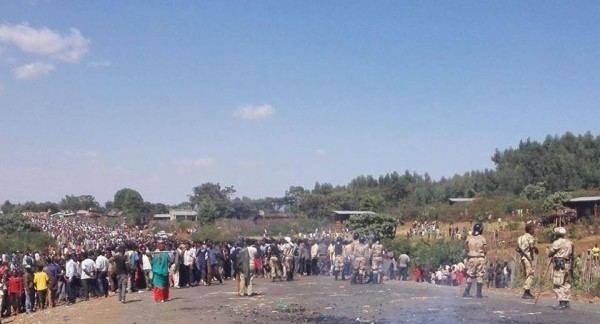
In May 2000, a field assessment by the UNDP which included Hagere Mariam collected informal reports of a growing number of private investors in coffee pulping/processing factories and coffee plantations in the woreda; however, many of their informants expressed concern voiced that this had been at the expense of local farmers. The four major crops grown in this woreda are maize, wheat, barley and haricot beans in that order, with some long cycle sorghum and teff as well; in some parts ensete or the false banana is also grown, which offers a degree of security during famines. Coffee is also an important cash crop; over 5,000 hectares are planted with it.
Bule hora university caffe
History
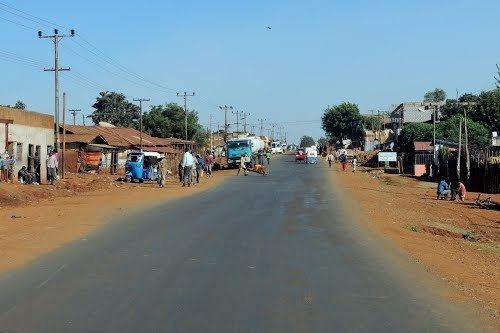
Workers for the Texas Africa Exploration Company in 1958 found near Hagere Mariam the titanium minerals rutile and ilmenite, as well as talc lenses which often contain asbestos, although the lenses found were very small in size, and the quality of the asbestos fiber was not good.

In April 2005, ethnic conflict between the Guji Oromo and the Gabbra in southern Oromia led to massive displacement of people. An NGO working in the area reported as many as 50,000 people in Hagere Mariam, Yabelo and Arero woredas were forced to flee, and several thousand huts burnt.
Demographics
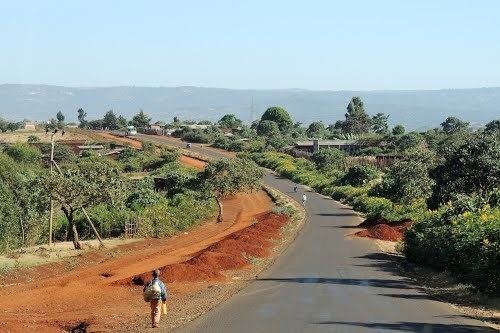
The 2007 national census reported a total population for this woreda of 264,489, of whom 133,730 were men and 130,759 were women; 35,245 or 13.33% of its population were urban dwellers. The majority of the inhabitants said they were Protestant, with 74.42% of the population reporting they observed this belief, while 11.24% of the population practiced traditional beliefs, 5.85% practised Ethiopian Orthodox Christianity, 5.81% were Muslim and 1.4% were Catholic.
Based on figures published by the Central Statistical Agency in 2005, this woreda has an estimated total population of 546,456, of whom 269,727 are men and 276,729 are women; 22,784 or 4.17% of its population are urban dwellers, which is less than the Zone average of 11.6%. With an estimated area of 6,021.88 square kilometers, Hagere Mariam has an estimated population density of 90.7 people per square kilometer, which is greater than the Zone average of 21.1.

The 1994 national census reported a total population for this woreda of 393,905, of whom 200,411 were men and 193,494 women; 12,718 or 3.23% of its population were urban dwellers at the time. The four largest ethnic groups reported in Hagere Mariam were the Oromo (70.98%), the Gedeo (25.77%), the Amhara (1.16%), and the Burji (0.87%); all other ethnic groups made up 1.22% of the population. Oromiffa was spoken as a first language by 72.2%, 25.41% spoke Gedeo and 1.59% spoke Amharic; the remaining 0.8% spoke all other primary languages reported. The plurality of the inhabitants were Protestant, with 41.09% of the population having reported they practiced that belief, while 32.78% of the population said they practiced traditional beliefs, 7.43% professed Ethiopian Orthodox Christianity, 5.94% were Muslim, and 2.85% were Catholic.

